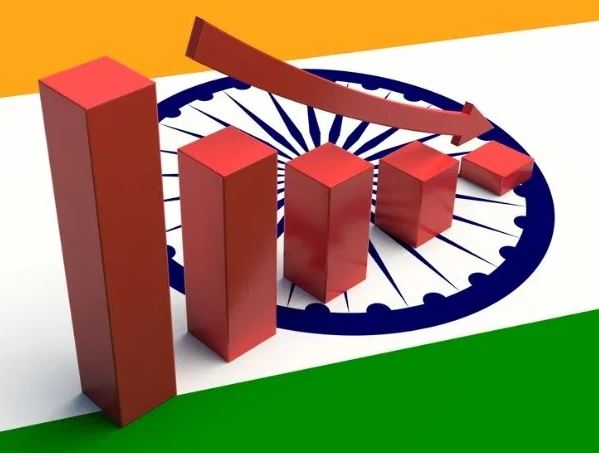Mumbai: Financial conditions are going to tighten in the country over the next few months due to the likely increase in capital outflows, driven by rising external shocks and domestic vulnerability, Crisil Ratings said in its report Tuesday.
The agency said its Financial Conditions Index (FCI) dropped below the zero-mark in March, indicating deterioration in domestic financial conditions.
Besides, State Bank of India and other leading banks have raised their lending rates, which will lead to an increase in borrowing cost.
However, measures to bring down current account deficit and strengthen foreign exchange reserves will help the country to deal with any external shock, the report said.
“Rising external shocks, coupled with greater domestic vulnerability, could increase capital outflows from the Indian markets, resulting in tighter domestic financial conditions in the coming months,” it said.
Crisil’s index provides a comprehensive monthly update on India’s financial conditions by analysing 15 key parameters across equity, debt, money and forex markets along with policy and lending conditions.
In March, the financial conditions were not only tighter than the previous month but also relatively more stressed compared to the average conditions in the past decade, the agency said.
The country’s vulnerability critically hinges on crude oil prices because they affect its major macroeconomic indicators, including the gross domestic product, inflation, current account deficit, rupee and, in some cases, fiscal deficit, it said.
The rating agency said so far, the RBI’s accommodative policy has provided some cushion. However, rising inflation and external risks will make the central bank tighten its policy this fiscal.
The RBI has already started the process of normalisation by restoring the LAF (Liquidity Adjustment Facility) policy corridor to its pre-pandemic width, and indicating withdrawal from accommodative stance in the coming months.
“Given the shifting stance, we believe the RBI will hike repo rate by 50-75 bps over this fiscal, which will transmit to market rates and tighten financial conditions,” it said.
The rating agency said banks have already started raising their Marginal Cost of Fund-based Lending Rate (MCLR) after RBI’s April monetary policy, indicating a return of the rate hike cycle.
The country’s largest lender State Bank of India has raised its MCLR by 10 basis points (bps) or 0.1 per cent across all tenures, a move that will lead to an increase in EMIs for borrowers.
Public sector Bank of Baroda and private lender Axis Bank have also increased their MCLR by 5 bps across tenors.
The report said that rising FPI (Foreign Portfolio Investor) outflows led the rupee to depreciate 1.7 per cent against the US dollar in March, faster than the depreciation of 0.8 per cent during the previous month.
The rupee is also facing headwinds from a widening trade deficit because of rising crude oil prices. The RBI’s intervention in the forex market is taming some of the sharp depreciation, it said.
The agency said G-Sec yields hardened across the benchmark yield curve, driven by rising crude oil prices, beginning of US Fed rate hikes, increasing US Treasury yields and large FPI outflows.
Yield on the 10-year G-Sec rose 7 bps to 6.83 per cent in March, the highest level since June 2019, it said.
The report, however, said the country is expected to be in a better position than during the 2013 taper tantrum, as the current account deficit and inflation are likely to be relatively lower.
“Moreover, foreign exchange reserves are adequate to cover the country’s short-term liabilities. This will help mitigate, if not eliminate entirely, the impact of external shocks on the rupee,” it added.
PTI
